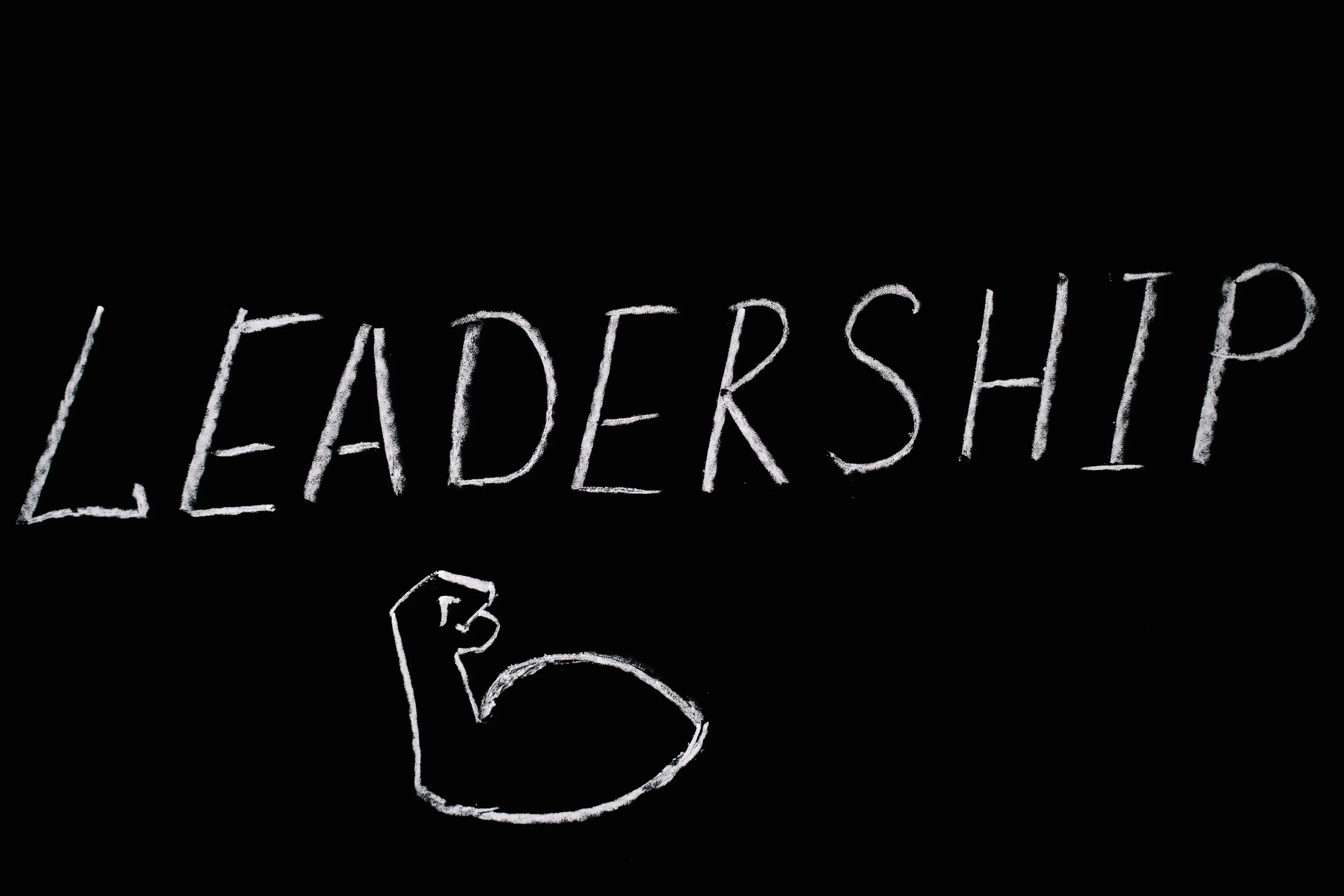Sample by My Essay Writer

The need to create a preparedness leadership system within an organization relates to the necessity of a seamless transition system and an efficient approach to succession in management. For the management department to offer such facilities to an organization, there is a need for strategic positioning and engagement of human resource management in the training and preparation of leaders. This research paper intends to capture this interest presented by the organization, and by a practical business environment, it will offer an ideal tactical approach for this purpose. The importance of the project to the organizational environment is based on the need for a transition in management at higher levels, which would otherwise interrupt operations and become an inconvenience. In this respect, the significance of creating a preparedness system acts as an assurance for the operability of organizational functions whenever there is a need of replacing managers. Within its context, the systems proposed in this capacity have the potential to facilitate the handing over of management within seamless settings and for functional management systems even with the change in regime. [“Write my essay for me?” Get help here.]
Problem Statement
This research project also eliminates the need to source management personnel from outside a firm, and through the recruitment of persons from within, it ensures eased and efficient handing over. Also, the research process will engage the assessment of both theoretical and practical appreciations of the possible approaches usable in preparing future leaders. In this regard, the problem to be considered for investigation is the level of necessity for a system of future leaders ready to succeed departing personnel. This issue contains several points of interest to the research process, whereby it is possible to appreciate the levels of solutions to be sought within. The establishment of management protocols in corporate systems for the succession of leaders and managers requires assessment of suitability in different environments of management and the consideration of the impact that such systems may have on future leaders. These discussions are projected to address all management needs of a business in facilitating the transition of managers and executives in a typical business environment. The problem to be considered in research is therefore tied to the level of management where the seamless transition of leadership is needed but cannot be achieved by currently available means. Additionally, the possibilities presented by current change protocols in the corporate would require assessment of viability in changing environments of management and leadership. [Need an essay writing service? Find help here.]

For a proper study of such concepts, the theoretical discussions will borrow from human resource management concepts offered by arguments from Becker, Kugeler, and Rosemann (2013). In the ideal business setting, the operating environment commonly dictates the capacity of an executive to hand over with minimal impact to the organization’s operations. The problem to be addressed in this capability is the levels that can be achieved by transitional leadership as compared to the proposed systems for training of future leaders within management in readiness for senior positions. The theoretical question is towards the individuals with the ability to take over from existing managers (White, 2013). In this regard, there is a need to investigate approaches to transitioning management with minimal impact to other personnel, whereby all tiers of management are filled without consequences on other departments. Within the capacity of corporate governance, it is possible to appreciate that the problem or handing over of leadership in corporate settings necessitates functional systems to increase the efficiency of such processes. Borrowing from Bratton and Gold (2012), it is possible to establish management protocols where management is not restricted in selecting successors for leadership positions.
Research Question, Rationale, and Hypothesis
The rationale of the research process depends on both the interest of obtaining theoretical assessments of concepts and using them in a realistic setting to determine suitability. In this regard, the research approach will involve collecting and evaluating information from both first hand and published resources. The research process will thus attempt to fulfill the interests of both the qualitative consideration of values that obtained from literature available and those of existing organizations. The practical valuations will surround the following questions for data collection:
- What human resource challenges face the transition of management officials?
- How do training systems assist transitions?
- Which strategies are most efficient in transitioning executives?
In the overall sense, the research process intends to capture the challenges in the business environment and address them through the creation of a system by assessing theoretical literature. It hypothesizes that for optimal management tactics, there is the need for a changeover system attempts to identify positions on a practical level through sampling techniques. Through research that engages all practical applications of management theories, this system will offer a possible solution to such challenges. The hypothesis, as a stand within the researching of the functionality of the topic, can only be based on the suitability of the proposed systems for management on a practical level. Also, the potential of this position within corporate environments can be idealized as a reasonable position in the research process, and in this way validating the hypothesis as it relates to the research question.


Literature Review
The discussion of transitions within higher levels of management engages concepts of human resource management, organizational leadership, and the usability of training a system change. Research on these subjects can be assessed from theoretical appreciation, where the fusion of each concept is meant to capture the needs of the entire study. According to White (2013), the usability of the activity theory to facilitate this process is possible and on a practical level; it can be based on an assessment of business process improvement strategies used in international organizations. Through the consideration of the running of such institutions, it is possible to establish datum points to develop functional transition systems for executive management. It is feasible to consider the theoretical basis of the activity theory, which engages the ability of an organization to modify itself, improve, or change relating to environmental conditions and continuously improve in the process (Bratton & Gold, 2012). Such methods are possible in other environments, where the modification of the activity theory gives the procedure that involves the HRM strategy of a company and its position in its operating environment.
Conversely, there are concepts presented relating to process management which necessarily includes the fashioning of business practices within the functional management protocols. According to Becker et al. (2013), it allows for the design of business processes in the existing human resources, with minimal impact to operations but facilitating changeover. Such design methods present the ideologies in this discussion with an implementation platform for transitioning executive management with minimal effect on everyday operations. The proposals not only offer guidance for design but they also include the appreciation of business processes as improvement of business practice in the formulation of preparedness for the impact of change within organizations (Becker et al., 2013). Such concepts facilitate the implementation of the ideas presented in this discussion, where the analysis of the suitability of design processes determines the practicability of the entire concept in a practical setting. [“Write my essay for me?” Get help here.]
Research Design
The proposed research design involves the use of literature to form a basis for practical research engagements. In this regard, the qualitative data required for the processes discussed is to be obtained from interactions with existing businesses. These interactions include interviewing human resource managers, requesting information on operational dynamics of businesses, and sending questionnaires about the various processes to be tested (Becker et al., 2013). The research design, therefore, uses the concept of qualitative-based sampling techniques, which will be actualized in the listed methods. The assessment of such data will then engage statistical evaluation in a bid to establish trends and interests of business managers in response to the proposed research. Research, in this capacity, will seek to involve the concepts of practical management in a corporate environment and create an understanding on the suitability of the idealized research question in varying circumstances.




Responses (trends) will form the basis of the results, whereby the proposed system can be considered for suitability to the businesses involved in the research process. This design intends to approach the research question from a development perspective, with the overall attempt being to develop the position of the hypothesis towards the creation and facilitation of a training system in the management. Through the engagement of persons and corporates interested in such systems, it is possible for the researcher to use variables in the business environment to qualify the theoretical standpoint from the hypothesis and the literature adopted in the research (Becker et al., 2013). All in all, the position of the researcher in engaging all of the named processes can only be considered as a design capacity relevant only to the research topic.
Data Collection Processes
In the research process, data collection procedures are based on the qualitative approach, as defined in the design. These methods will involve identification of regions to base research, sampling systems, and sample sizes. In the ideal setting, the researcher will engage a sizeable population of up to a hundred respondents. These respondents will be involved in both interviews and questionnaires based on the geographical suitability and efficiency processes. The sampling technique, therefore, will be stratified, based on individuals and companies in the same capacity. The rationale, in this process, captures the necessity of samples to establish trends in opinions towards management in the proposed system (Becker et al., 2013). Also, this logic attempts to quantify the need for new approaches towards management and learning.
From a sample of up to 100 respondents (both in corporate and individual capacity), this process will achieve a minimal of percentile per respondent for the establishment of trends in reactions to the research questions. The definition of this sample size delimits the data collection processes to a directed capturing and recording setup, where the sources can be assessed in their setting (in a management-based environment). In this regard, data collection can be validated by considering of the suitability of the design to the research question. A collection of these qualitative data points can be postulated as established in the generation of research questions within the capacity of the overall topic. For a rationalization of this data to be collected, one must appreciate the level of intensity and depth of content targeted on a qualitative level in the research design (Becker et al., 2013).


Data Collection Technique
The collection of qualitative data from a stratified sample (capped at a hundred respondents) necessitates an incessantly connected collection technique from a statistical collection, assortment, and alignment of data points. In this regard, the tool to be used is essentially attached to direct interaction and response collection from respondents and aimed at aligning all responses. These will include interviews and questionnaires, which allow the researcher to interact actively with respondents. The elements of these two are based on their capacity to allow the researcher to interact and assess respondents on a personal level in a bid to eliminate possible bias, inconsistency, and optimize the resourcefulness of each respondent as an information source (Becker et al., 2013). The credibility of information sources, therefore, can be considered suitable based on the assessments that the researcher can make before engaging these sources. The resources input into this section of the research process will, therefore, determine the level of efficiency of usage of data sources, research protocols, and instruments.
The choice of data, technique, and instrument is based on the necessity of a close perspective research process, which can only function within this technique. Development of the protocols to be observed by the researcher in the process itself not only includes the dynamic modification of research tools depending on the environment, but it also requires minimal bias towards information resources. On a practical level, it is possible to identify the position that this technique takes concerning the data types being sought and the degree of specificity that the instruments can achieve (Becker et al., 2013). The functionality of the entire endeavor can, therefore, be considered based on the capacity of the researcher to engage the whole research design and its instrument to facilitate a minimal bias, minimal error technique in the postulated processes. The technique, with respect to the topic at hand, can only be limited to the variability of the research platforms (corporate systems and management) approached in the processes.
Data Collection Instruments
The instruments chosen for the research design are aimed at the examination of both the suitability of theoretical standings and practical possibilities. In this regard, the questions incorporated into the research process include the needed considerations from both the research design and literature content used to develop the process under discussion. The instruments, inclusive of questionnaires and interviews to be held in the capacity of all research protocols and procedures to be observed must align to the initial design. The facilitation of the reliability of these instruments is the necessity for qualitative data ratified on statistically sound assessments, as White (2013) suggests. The researcher will, therefore, be tasked with the engagement of data resources and these tools in the recording and organization of all information collected for evaluation and elimination of bias. As identified in discussing the rationale for the processes, the interactions with respondents are intended at the identification of possibilities of bias and preconceptions towards the research topic by persons in management with varying interests in the topic (Becker et al., 2013). Inasmuch as a larger sampling base may eliminate the significance of this aspect on a statistical level, its significant to qualitative instruments is relevant and must be engaged.




On the other hand, the usage of these research tools as the sole resources for data collection and totaling may seem to reduce the validity of the research process. However, the choice is justifiable through the discussion of the necessity of pragmatic analytical data, which can only be accessed on this platform. Also, these instruments will facilitate the testing of hypotheses in the research process (on a functional, company-based level) before the engagement of theoretical perspectives from literature. Research tools and their validity in each research process are to be assessed in relativity to the degree of efficiency and workability of the qualitative data to be obtained. In this setting, the need for qualitative data of minimal specificity has been identified, and therefore requiring that interactive approaches be used in establishing the research points and data points for the entire process. In the overall sense of the necessity of instruments, functional within the dynamic of their research topic and hypothesis standing, the reliability of these tools is adequate (Becker et al., 2013).
Ethical Research Practices
The ethical position of this study procedure is aimed at observing ideal research practices in the protection of research content, participants, and information. Interactions in the entire research process are bound by the ethical limitations outlined herein. First, the research design, in its interaction with respondents in varying capacity, only focusses on establishing corporate-based management ideals held in different settings, and not on private or intimate details. White (2013) confirms that such information is not to be sought either from a business, social or psychological approach. In this respect, the conditions to be observed before the interaction with any respondent will include the presentation of information protecting them through privacy protection, confidentiality, anonymity and freedom from harm through participation.
These aspects will be guaranteed by the provision, assessment, and signing of informed consent forms for respondents, privacy assurance documents, and choice for all participants. Since the research processes and instruments require interaction with personnel, these approaches are interested in safeguarding the researcher and the respondent from unethical communication or threats on personal or business information (Becker et al., 2013). Additionally, these forms will facilitate the protection of the interests of participants without infringing on the data collection and assessment ideals presented. It is also necessary to recognize the necessity of the presentation and signing of these documents beforehand to ensure that respondents and the researcher appreciate the information to be transferred and used in the research process with the approval of all parties. It is important to note that since personal information and business related data is not necessary, it will not be requested, and offers of the same will nullify legitimacy information obtained from a respondent.


Limitations of the Study
This research project is limited to a particular category of business operations, whereby the business capacity is sufficient to support the proposed systems. In this regard, the scope of research limits the size of resources, information, and environments where the theoretical and practical assessments can be carried out. This limitation not only reduces the ability of the research process to engage all businesses as test platforms, but it also limits the suitability of research methods to a defined category of business platforms. It is necessary to consider the level of research achievable on a practical sense within the management setting, with environmental influences present. Initial considerations of the validity of research within this topic reveal that the response of corporates towards the proposed systems not only limits the functionality of existing management, but it also makes it possible for takeovers and hostility to emerge. In light of these possibilities, the research process is directed at the possibility of initiating a situation of discontent within management as a useful analysis section.
References
Becker, J., Kugeler, M., & Rosemann, M. (Eds.). (2013). Process management: A guide for the design of business processes. Berlin, Germany: Springer.
Bratton, J., & Gold, J. (2012). Human resource management: theory and practice. Basingstoke, England: Palgrave Macmillan.
White, G. (2013). Knowledge acquisition in knowledge transfer partnerships: An activity theory based study of business process improvement using process mapping (Doctoral dissertation).






